Exercise for PCOS, any other chronic ailment, or otherwise is not just recommended but should be a priority with the lifestyle and habits today. The calorific intake, on average today is on the rise and exercise is crucial to ensure weight management along with maintaining hormonal balance. While there are many things that can help you manage your weight better, and get the blood flowing and heart racing — everyone, much like their tastes and interests has a different way of working out and finding their flow.
With PCOS, movement is crucial as it helps with managing the symptoms as well as the root cause!
Here are some forms of movement and exercise that you can look at on the basis of the level of activity and interests. Some are fast-paced while some are slow but most of them are effective ways to achieve symptomatic relief.
YOGA
One of the best forms of workout for regularizing your menstrual cycle — Yoga has targeted poses across difficulty levels to help you achieve results faster. It helps ease the symptoms of PCOS and decrease testosterone levels. It can also promote relaxation and improved mental well-being. An intense routine focusing on weight management can help you also reduce insulin resistance, and improve heart health along with muscle and bone health.
It helps reduce symptoms like acne, mood swings, manage period cramps, helping you cope better with stress or erratic schedules, and provides deeper calm with breathwork techniques.
What it helps with:
- Reducing testosterone levels
- Better weight management
- Improved fertility
- Improved mood and overall mental well-being
- Better skin, hair and reduced acne, breakouts
CARDIO
Helps reduce insulin resistance, boosts fertility and improves mood by bringing in a rush of endorphins. No fancy gear is needed, just put on your running shoes and start! You can start to slow with 30 mins of brisk walking or jogging and take it a notch up when your body feels better running. Do include a quick stretch and warm-up session before going the distance and ensure you hydrate yourself.
What it helps with:
- Better weight management
- Improved ovulation and fertility
- Reduced insulin levels
- Detoxification
- Improved mental well-being
STRENGTH TRAINING
Reduces insulin resistance, increases metabolic rate, and improves body composition (boosts muscles and breaks down fat tissues). Whether you do it at a gym with a trainer or on your own with your body weight — a routine including squats, dips, push-ups etc helps you reduce weight, improving hormonal balance. The changes are not just cosmetic, you will feel improved blood flow, improved ovulation cycles and reduced period cramps. Combine this with cardio to achieve the best results.
What it helps with:
- Better metabolic rate
- Better body composition
- Improved fertility
HIIT
All the hype about this workout type is so well justified. HIIT burns 25 to 30 per cent more calories than resistance training, cycling, and treadmill running, according to astudy published in the Journal of Strength and Conditioning Research. It’s great if you’re pressed with time, just a 40-minute routine can rev up your metabolism. Just starting out? Start small and slow and increase intensity over time — the results are visible much faster. Try to go in for lower body workouts to stimulate your abdominal muscles and reproductive organs.
What it helps with:
- Better heart health and improved blood flow
- Detoxification
- Regularized menstrual cycle
- Improved fertility
- Reduced insulin resistance
- Better skin, hair and reduced acne
While these are some of the forms of exercise, you can also find your flow with movements like dance routines, aerobics, Zumba, cycling, hiking and jogging. There is no one right way to include more physical activity in your life — the choice has to be informed by your lifestyle, and interest levels. Start small, start slow but look at an activity type that keeps you engaged and that you can follow for a sustained period.


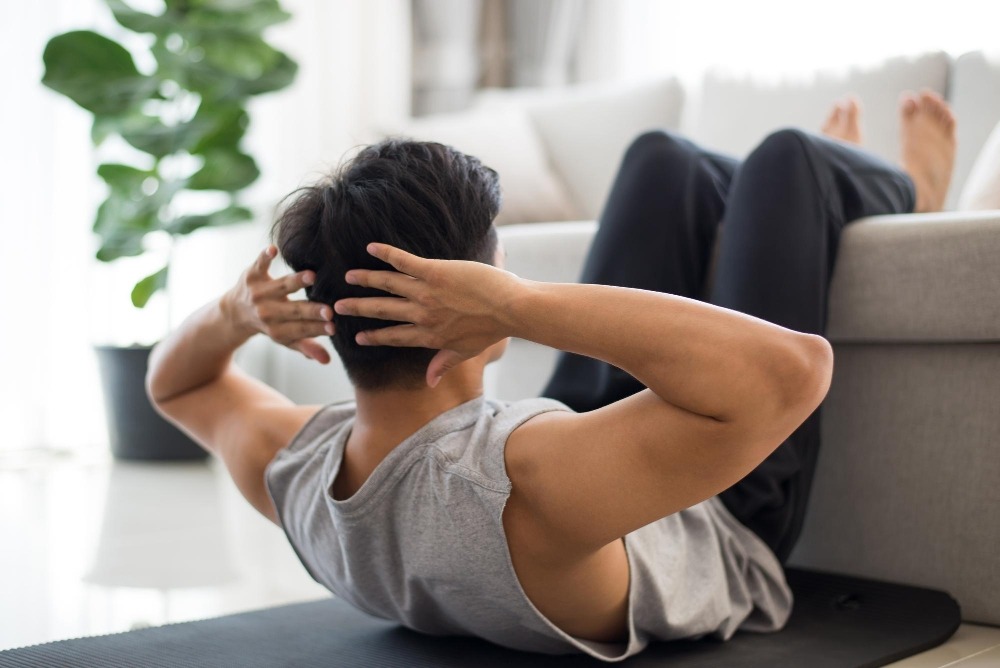

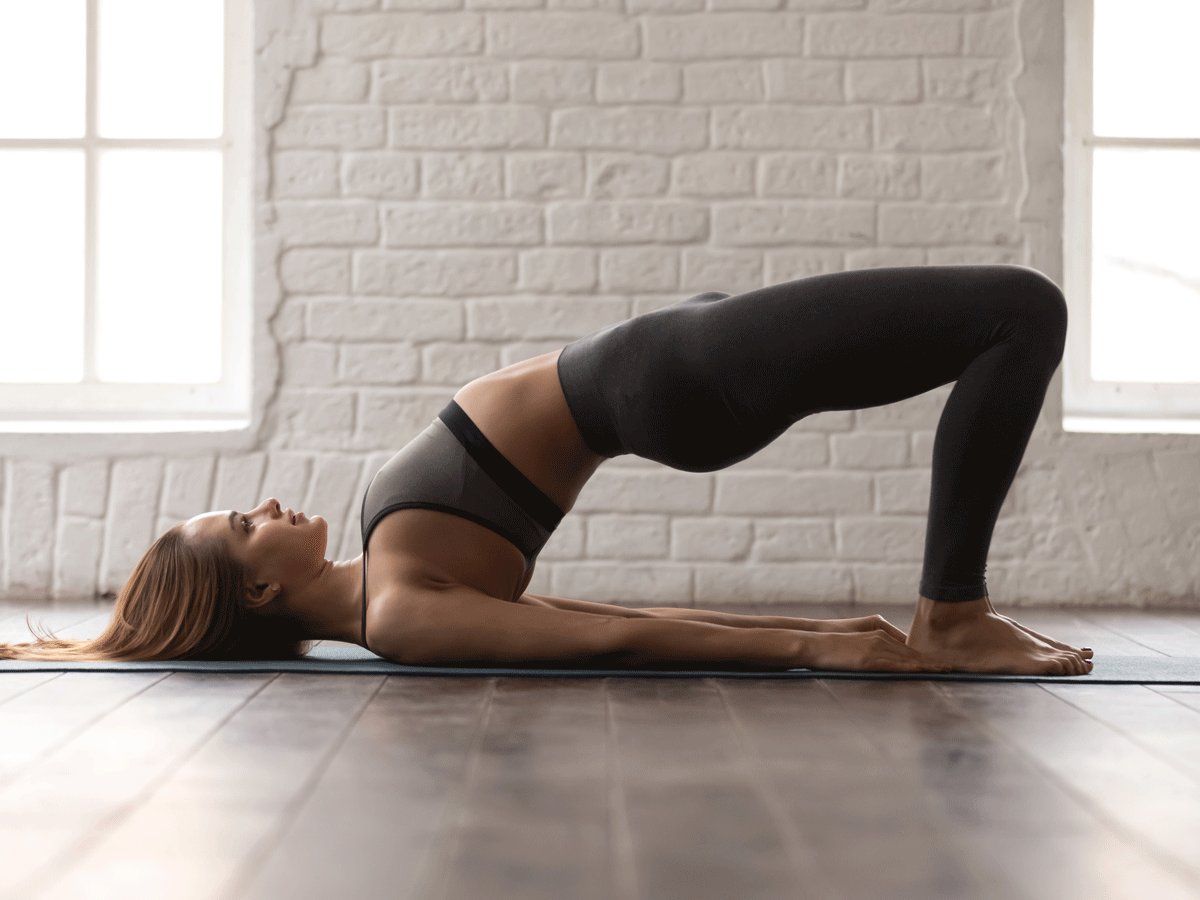

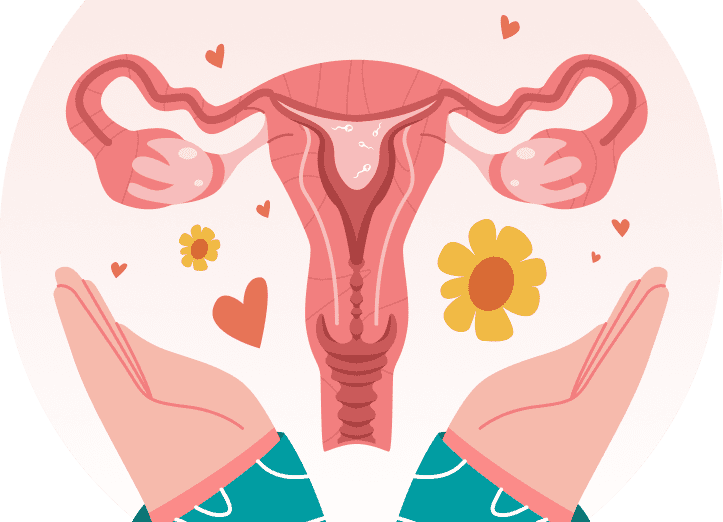
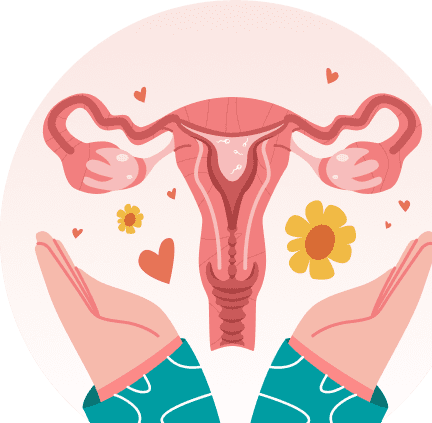


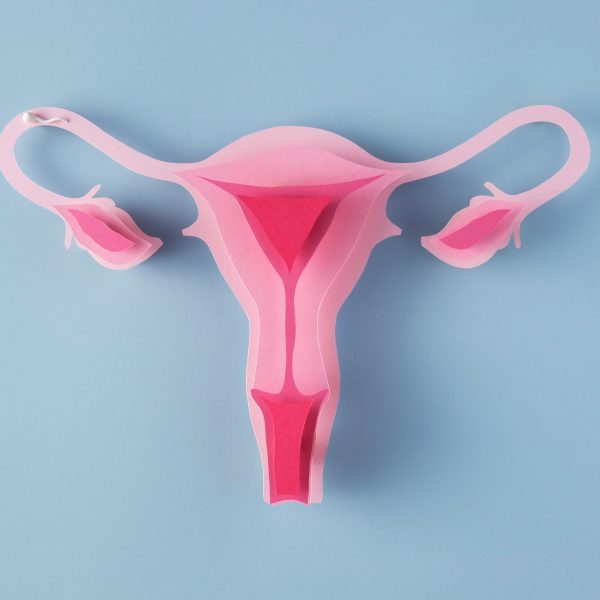

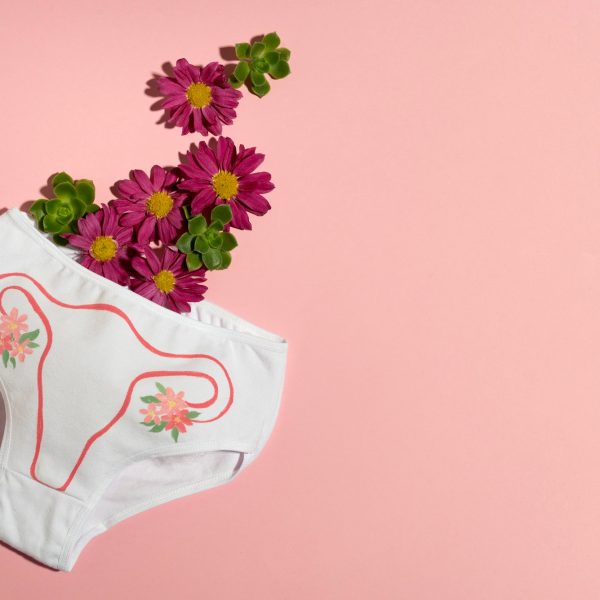







Share this article